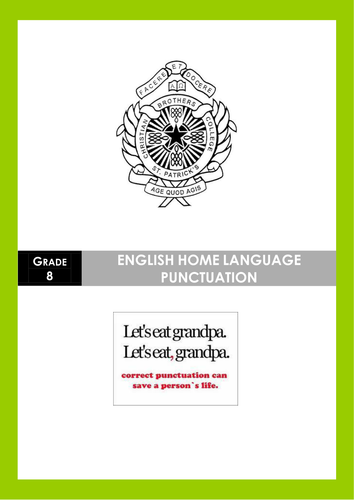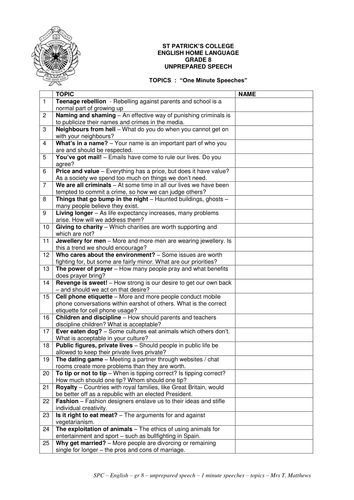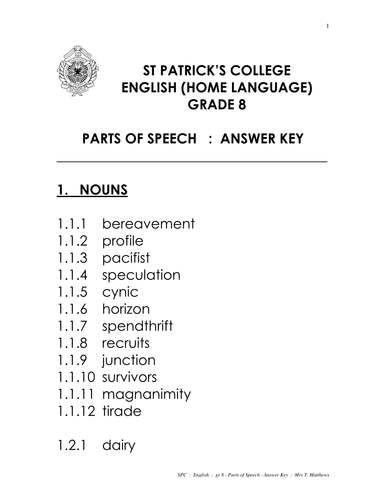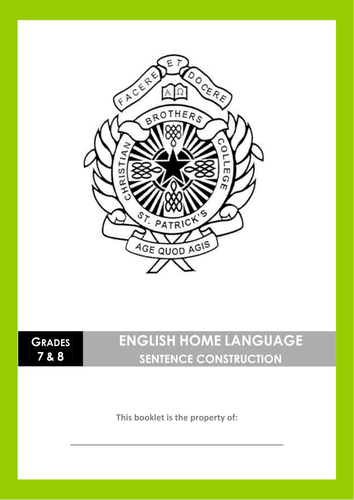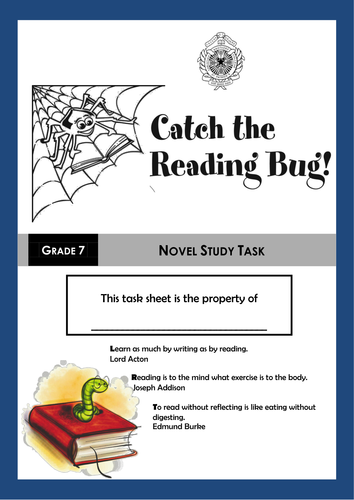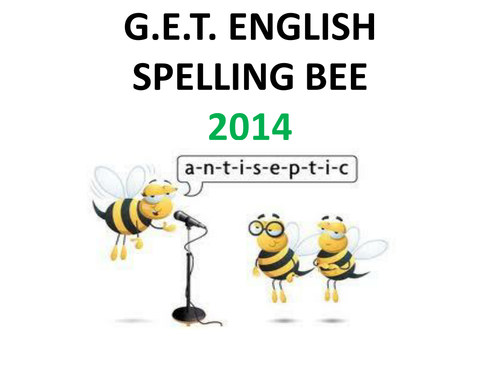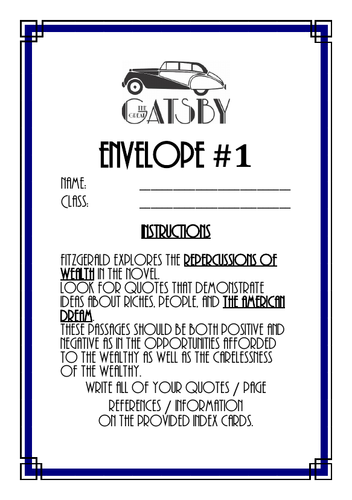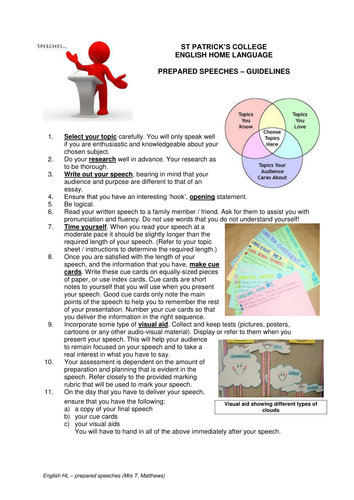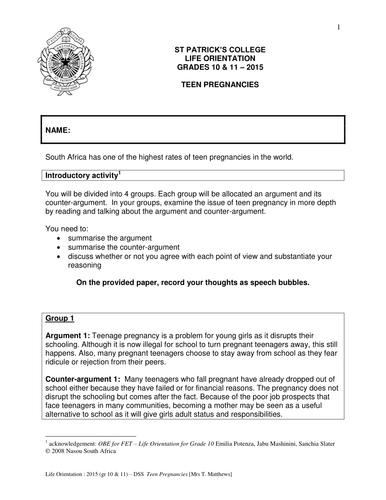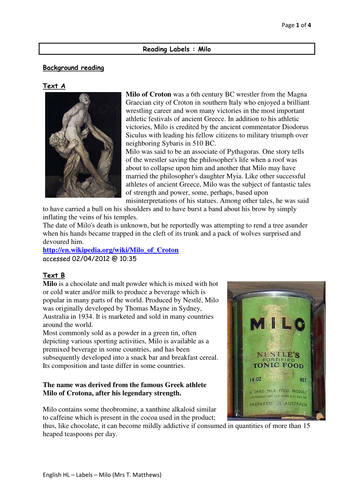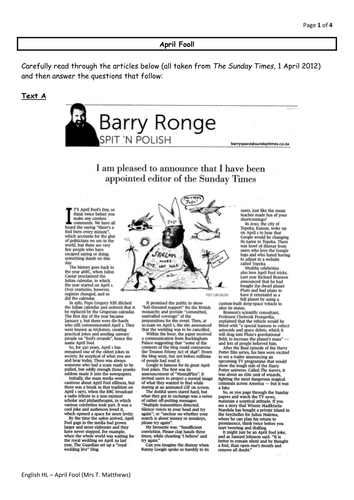Mrs M teaches English
I absolutely love teaching English to teenagers! My resources will always be free as I feel a responsibility to give back to the profession which has been the source of so much joy in my life. Too many teachers operate on shoestring budgets and have to pay for resources themselves. I hope that in some small way I can make lesson preparation easier for you!



